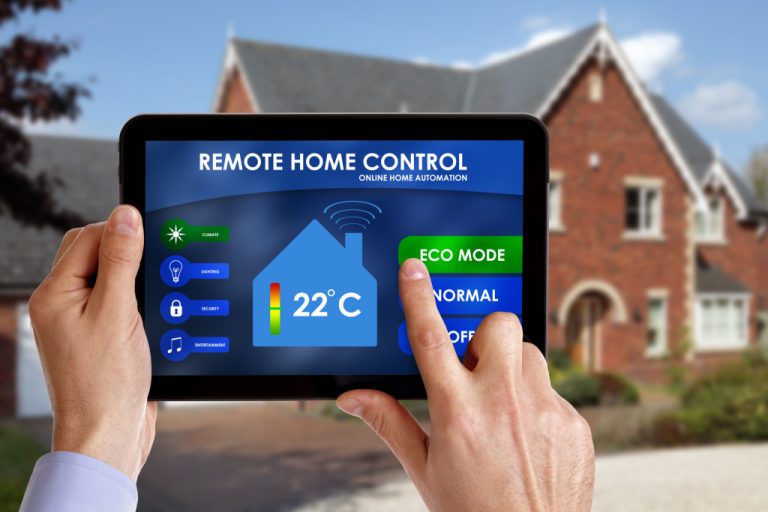Because of the economy’s fluctuating state, following a well-defined target market for any business is more crucial than ever. Plus, targeting a niche market can help any startup effectively compete with large enterprises, meaning anyone can make it big as long as they cater to the right audience.
With a well-defined target market, it’s easier for any business owner where and how to market their brand. Here are six practical tips to help you identify your target market with ease.
Begin with the Problem
An efficient way to determine who’s likely to become your client is to understand the issue your product or service addresses. For instance, if you run an equipment testing service or sell repair equipment online, the problem you solve is repairing certain things for individuals with broken household electronic devices and don’t know how to remedy the issue or want to do it themselves. Individuals who no longer can repair their items, such as seniors or families without any technical backgrounds, are all target customers for your business.
Look at Your Current Customer Base
Besides identifying new potential customers, an essential step in determining your target market should be looking at the individuals who are already paying for your products or business. Even if your client base looks like a diverse bunch, there’s a high chance they’ll share at least one or two common characteristics. Plus, even if they don’t, shared interest is probably the common thread. Once you understand your existing customers’ commonalities, you can start using this information to refine your existing clientele base into a more specific target market.
Research Target Markets ‘Granularly’

When researching target markets, you need to start board then become increasingly more in-depth as you progress. For instance, you may be determining homeowners as a potential demographic for your business, but then dive deeper and discover that proud homeowners with younger children are your best customers. Doing research this way lets you tailor your messaging appeal to these people easier, even if your current clientele base is broad.
Define Your Customers’ Characteristics
Determining your typical client’s characteristics is an excellent step towards identifying who your target audience should be. These characteristics can include a customer’s lifestyle, salary, disposable income, location, and hobbies. For instance, if you offer gardening services, one type of target client would be individuals living in neighborhoods with well-kept lawns and attractive plantings. Knowing these allows you to pinpoint which people are the most likely to buy your products or services more accurately.
Check Out Your Competition
Monitoring what your competitors are doing can help you identify your target market. If your competition’s marketing campaign focuses on a particular customer segment, they may likely have spotted a profitable marketing opportunity there and that they’re exploiting this. You can join in on this lucrative chance by keeping an eye on your closest competitors’ marketing campaigns, websites, and social media to understand what customer base they’re targeting. It helps you identify industry segments or names of particular customers you should be aiming for.
When you get a good handle on who your target market is, you can only create products and services that suit your customers better, allowing you to capture their interests fully — expanding your brand and increasing sales. The tips mentioned are just some strategies that can help you become one step closer to your goal.












